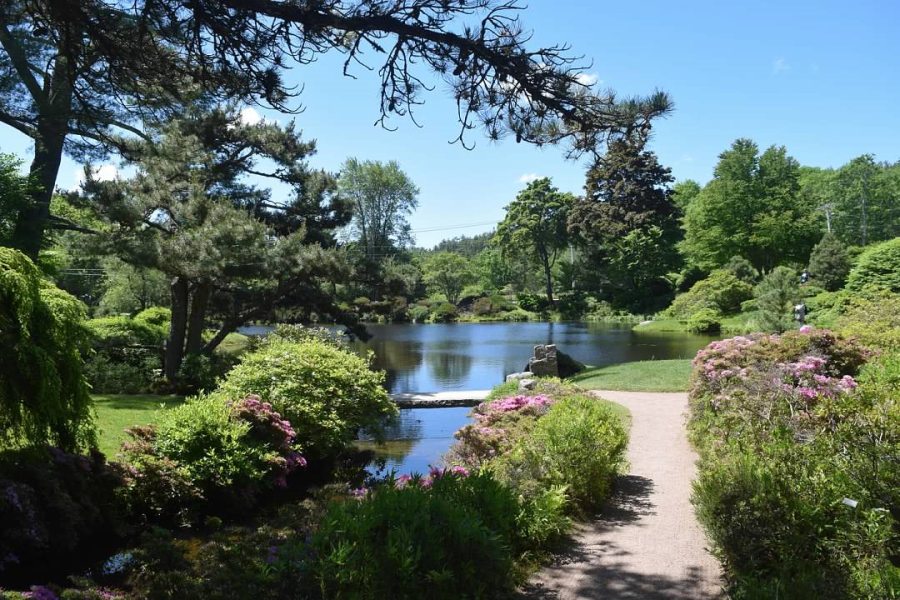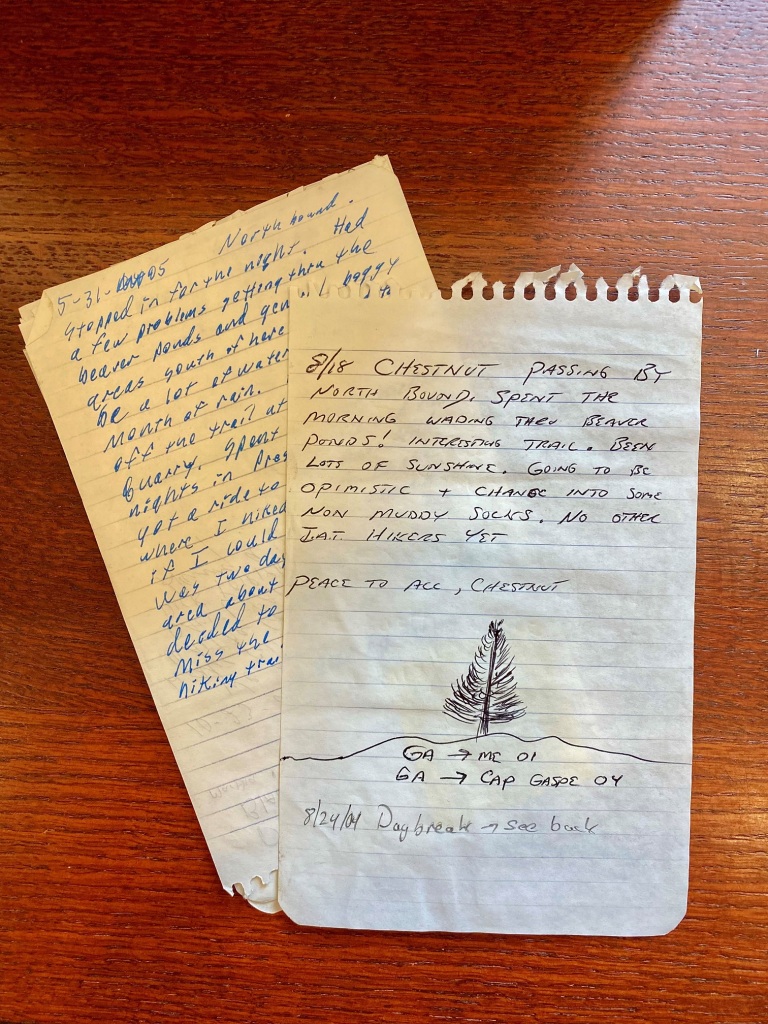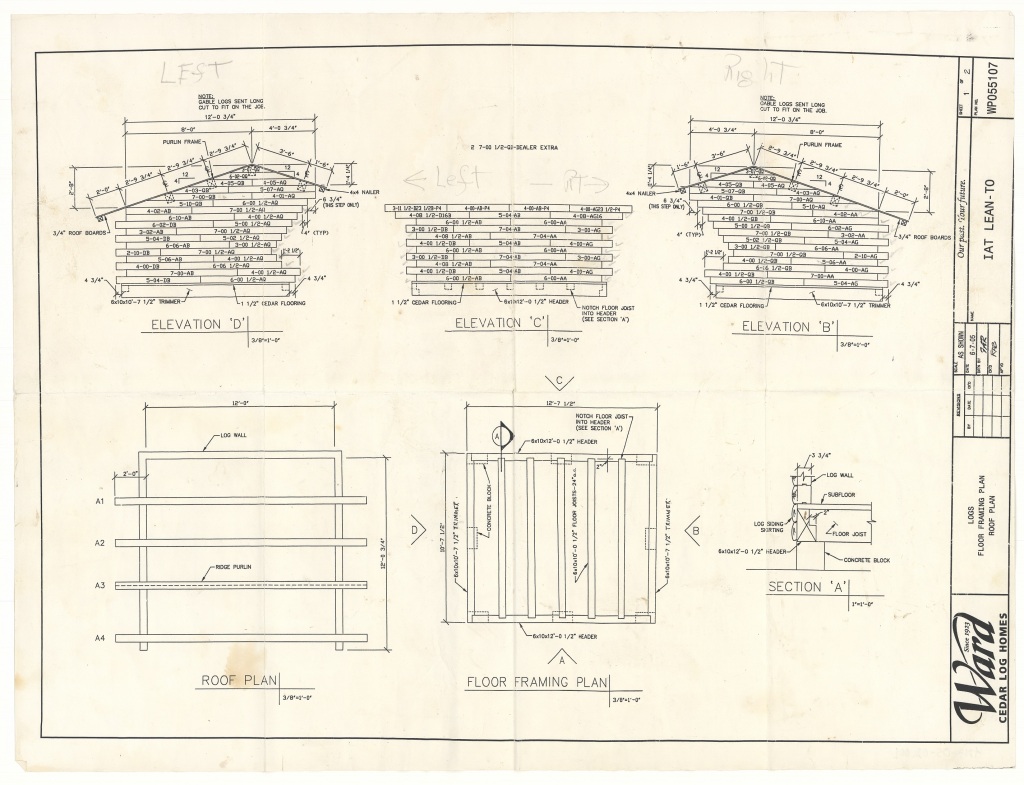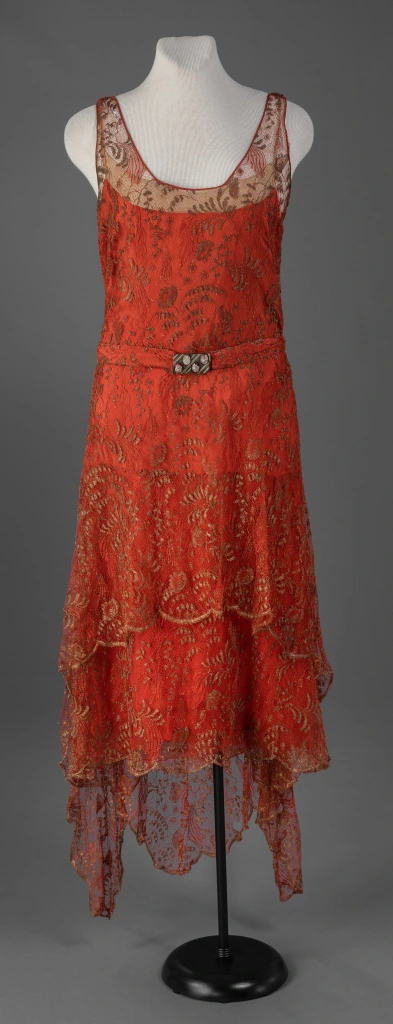By Nancy Noble, MHS Archivist & Cataloger
Nose deep into slides of gardens for months, I slowly became entranced with the idea of visiting gardens for my birthday last June, on Mount Desert Island (MDI) where most of the gardens designed by Patrick Chassé were located. Patrick and I share workspace at Maine Historical Society’s off-site storage facility. As I got to know his collection (Coll. 4180), I also got to know Patrick, who was sifting through his life’s work as Principal of Landscape Design Associates, based in Bar Harbor, Maine, and Cambridge, Massachusetts.
Patrick shared many stories about his clients, ranging from the more well-known (the Rockefellers, Brooke Astor, and Martha Stewart) to the less famous but equally philanthropic and high powered, as well as the average person who needed advice about their garden. Of even more interest to me was Patrick’s research into historic gardens, specifically those designed by Beatrix Farrand (1872-1959). Farrand designed many gardens on her beloved Mount Desert Island, and elsewhere including the New York Botanical Gardens, Dumbarton Oaks, and Princeton University. I felt a certain kinship with Beatrix, as her papers are at the University of California at Berkeley, and I was a Berkeley baby (my parents met while working there, and my father and brother were UC Berkeley graduates). Beatrix also was involved in the Santa Barbara Botanic Gardens, in another part of California where I spent my teenage years.
Finally, June arrived. It was time to see some of the gardens that I learned about through Patrick’s voluminous slide collection (nearly 24,000 slides) and vast project files (151 document boxes), as well as gardens in general, on MDI. Thuya Gardens opened a week after our trip, and the Abby Aldrich Rockefeller Garden opened in July. Our first garden, the Asticou Azalea Garden, was open, and we were warmly welcomed by docents. Although the azaleas were on their way out, this very Zen-like garden, with Japanese influence, soothed us, and invited us to sit and contemplate.

Next on the pilgrimage was Garland Farm, home of the Beatrix Farrand Society, and where Farrand spent her final years. Although they weren’t officially open to visitors for another week, I had wiggled my way in, by asking to see the library (as a librarian). The director, Patrick Calloway (yes, another Patrick!), kindly showed me not only the library, but also the entire house and garden area. This filled my soul with delight. Patrick Chassé was very involved with this garden, as you can imagine, and for a while maintained a studio here.
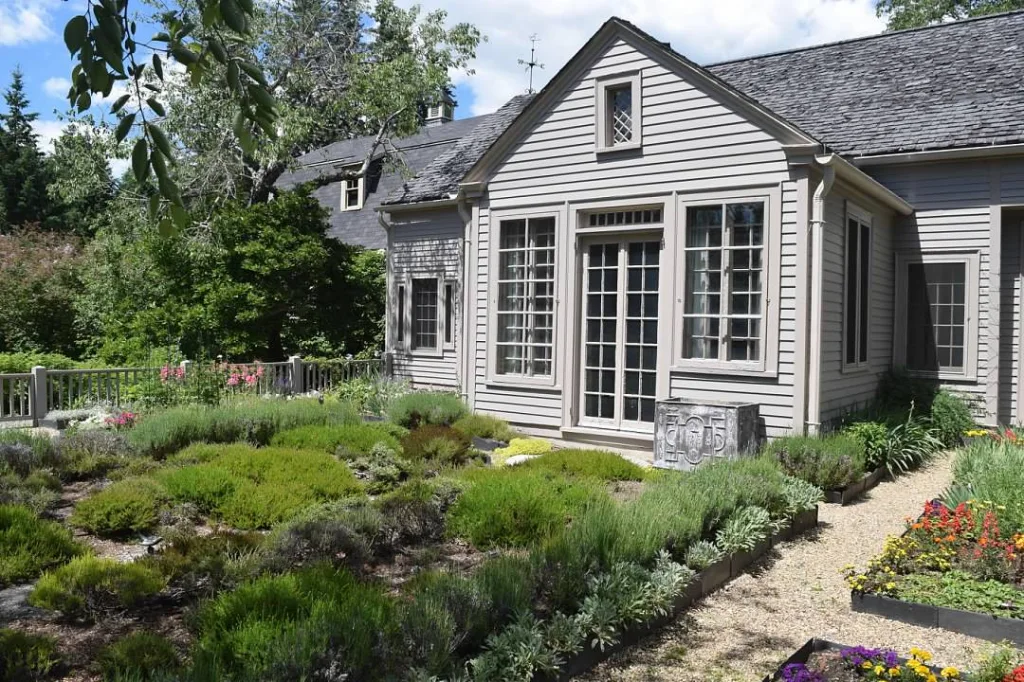
We then ventured to College of the Atlantic to view a few more beautiful gardens, although we missed the one designed by Beatrix Farrand. Next time! The final one we visited during our sojourn was Wild Gardens of Acadia in the national park. This was where Patrick first met these two “white haired ladies,” Elizabeth “Betty” Thorndike and Janet TenBroeck, founders of the garden, who influenced Patrick’s career in landscape design.

The public gardens we visited are just a drop in the bucket of the gardens that Patrick worked on at MDI, but being on his beloved island really informed my work for the rest of the “year of Patrick,” where I delved into his life and career.
To see more of my garden sojourn, visit my photo album.

